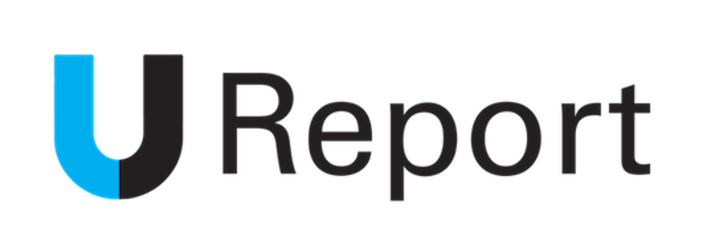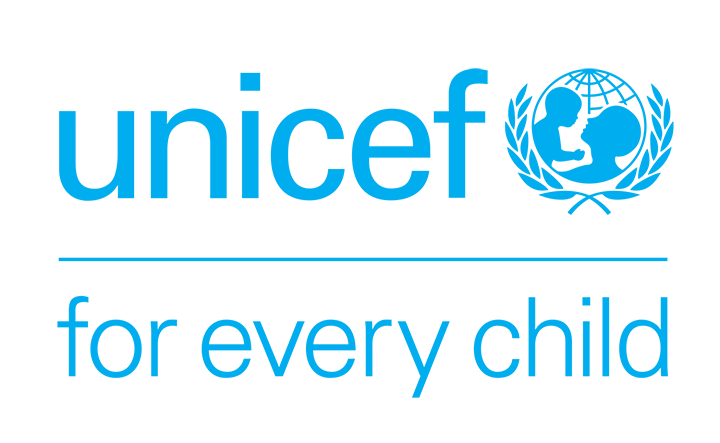Jalalabad, Afghanistan, 3 October
2022:
Design Thinking is a new way of solving problems. Increasingly popular, Design Thinking is about putting people at the centre of the process; it’s about empathizing with their needs and creating sustainable, tailor-made solutions. This approach can be used to address challenges that communities face – which is a core objective of U-Report.
© UNICEF Afghanistan/ 2022/Salamatu Muhammed
By taking a human-centred approach to problem-solving, young people come up with solutions to community problems. For example, by walking in the shoes of a nursing mother who needs nutritional tips and guidelines for her infant; by considering how a teenage girl with no access to hygiene facilities will stay clean; by imagining how a boy who wants to find alternative educational learning platforms for his sisters will do that; or by thinking as parents looking for practical support during natural disasters, such as floods.
Wagma, a 20-year-old female U-Reporter, learned about this approach to solving problems for the first time in the workshop, and wondered how it could help her overcome diarrheal outbreaks for mothers in her community.
© UNICEF Afghanistan/ 2022/Salamatu Muhammed
This approach takes its users through a three-phase process: collaborative, innovative and acceleration.
The collaborative stage, also known as ideation, involves consultations between the designers and end users, which in this case are mothers, fathers, young boys and girls, and community health workers who want to access and share vital health information.
Before the ideation process began, the U-Reporters in Jalalabad shared that they were happy to join the Design Thinking workshop and even more excited to have their ideas undergo an iterative process for practical use in their community.
Excitingly kicking off this session, teams quickly formed and each one was assigned core responsibilities to note down every challenge they have seen families face on topics such as nutrition, education, hygiene, soft skills to boost employability, and natural hazards.
© UNICEF Afghanistan/ 2022/Salamatu Muhammed
The team moved on to the next phase of this approach known as the innovative phase. They exchanged many solutions that connected to the challenges presented in the previous stage. For most people who use Design Thinking to solve problems, they often find stage two the most interesting part because it allows designers to wear their innovative hats. Khadijah, Naveeda, Assimullah and the rest of the U-Reporters who made up this design team agree!
© UNICEF Afghanistan/ 2022/Salamatu Muhammed
For most people who employ Design Thinking in their problem-solving approach, the goal is not always to build a new product, especially when a potential product might already exist. Khadija, 21, and Nasratullah, 24, worked with other U-Reporters to create their first rapid prototype using a storyboard. This final stage involves bringing to life a make-believe product following a series of solutions discussed earlier.
Why is storyboarding useful if solutions are already identified?
The storyboard by Khadijah's team depicts a visual representation of how they intended to use the U-Report chatbot as their product to cover the information gap between community members
The team's storyboard showed a well-laid-out plan to create synergy between health workers, community social volunteers, traditional and religious leaders using their capacity to raise awareness on the availability of these lifesaving resources on U-Report.
Designing a new product or leveraging on an existing one is usually an interesting part of prototyping but what is more exciting is ensuring that a concrete plan is always in place to show how this product will serve the intended goal from start to finish. This idea was wonderfully captured in their storyboard by focusing on the strength of partnership and collaboration.
© UNICEF Afghanistan/ 2022/Salamatu Muhammed
Taking up critical roles in driving change, young people are a significant part of progress. Naveeda Norry, a maternal, newborn, nutrition, and family planning community mobilizer in Jalalabad shared during the team's prototype presentation that her longstanding involvement in helping families from her community to access social services has contributed to the community's development. Naveeda explained that deploying more maternal and nutrition chatbots on U-Report would go a long way to help other community social volunteers reach more families in Jalalabad with verified information. This process can create a ripple effect in supporting healthier choices for mothers and their infants.
© UNICEF Afghanistan/ 2022/Salamatu Muhammed
Skills acquired from Design Thinking process, including creative thinking, empathy and problem-solving, have resulted in simple and innovative solutions.
These solutions can be as simple as designing a poster, painting graffiti, or starting a social media campaign to spur social behavioral change. Design Thinking gives young people the right tools and skills to look beyond their immediate needs for more collaborative solutions.
So, as the U-Report community sets its sights on 2023, we’d love to hear from you. Please tell us how a young person living in Afghanistan can use Design Thinking to better tackle challenges in your community.
Written by Salamatu Muhammed and Betty Chella Nalungwe






